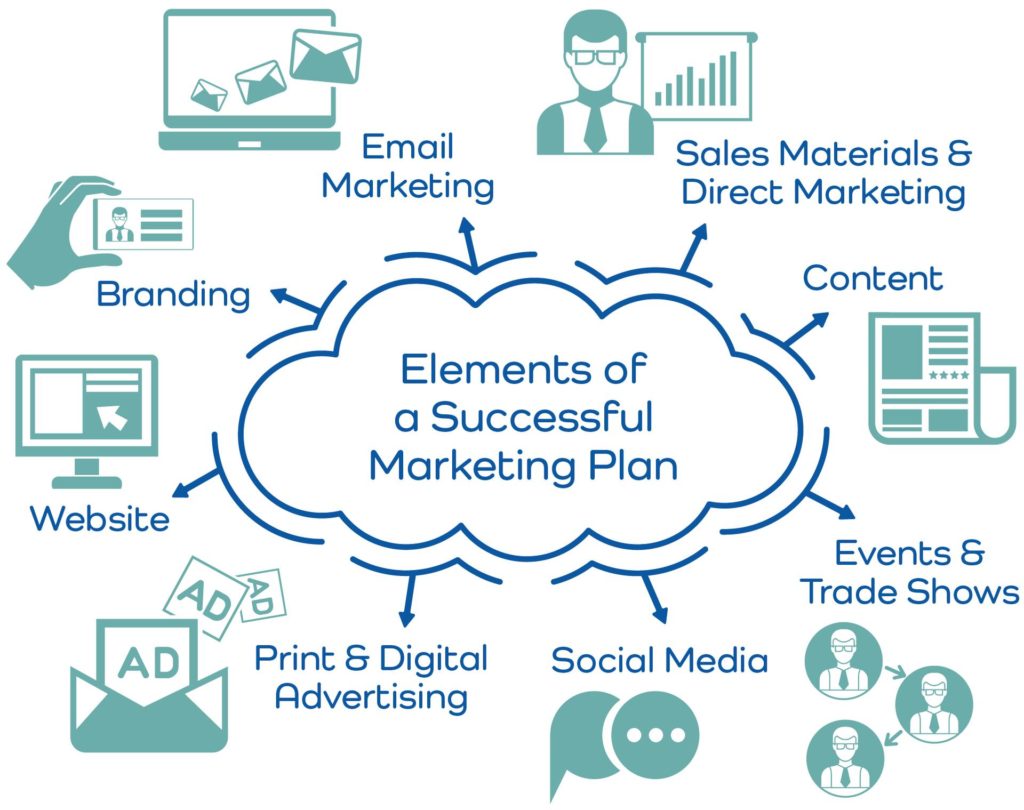Some people seem to think that email is dead — when the reality is, it is still very much alive.
While some businesses have guest books with thousands of email addresses and no idea what to do, others are just starting to figure out how to gather them. Here are some things you should know about capturing email addresses and using them to build relationships with your customers.
Why you should collect email addresses
Email marketing is a nearly unmatched way to increase your store’s exposure — over 99% of consumers open their email at least once daily, according to HubSpot. Even more than just increasing exposure, email marketing allows you to present more purchase opportunities than any other form of marketing.
While social media marketing and advertising rely on algorithms and news feeds, email marketing is direct to your customers’ inboxes. What’s more, these customers have asked to receive your emails — meaning they want to hear what you have to say; they are engaged with your store. Following purchase experiences, over 80% of shoppers have said they were somewhat likely to make another purchase as a result of a targeted follow-up email, according to eMarketer.
How to start building an email list
There are numerous ways to collect email addresses, both in-person and online — whether that be a guest book on your store’s counter, a place for customers to enter an email address for a giveaway or simply a form on your website to volunteer contact information. Be sure you collect their names, too, so you can further personalize the emails you’ll be sending.
A key to building your email list is to choose not only the avenue that will most effectively capture your audience’s attention, but that also will be easy for you to load into your email marketing platform.
Being able to easily add email addresses as you continue to collect them is a great way to quickly and efficiently build your customer list. Once loaded into the marketing platform, you can segment your lists based on type of customer — such as customers who have purchased multiple times, potential buyers and more.
What to do after you’ve captured email addresses
Just collecting email addresses isn’t quite enough — you also need to know what you want to do with them. Having a plan and a purpose behind collecting them is key to being prepared to deliver on that promise to your customers.
Once you know how you’re going to use the email addresses, your email list is starting to grow and you’ve selected an email marketing platform, it’s time to start building a relationship with your audience.
First of all, make sure you send out a welcome email once someone joins the list. This can be set to automatically send from the platform once they’ve signed up — it will give your customers an idea of what to expect in the emails. It can even be an opportunity to bring them back to the store for an exclusive email subscriber special.
You want to give your customers an enjoyable experience with all aspects of your store — including the emails they receive. Your emails need to be pleasant for your customers to get in their inbox, both in design and writing. Emails with clunky headlines or unprofessional design work tend to end up in spam folders — on top of that, they’re hard to read.
During the design process, also be sure your emails display well on phones and tablets as well as desktops. According to email marketing platform Campaign Monitor, 53% of emails are opened on mobile devices — thus meaning that making your design and writing mobile-friendly is all the more crucial.
As far as a schedule for sending emails, your strategy is completely customizable to your store and your customers. This can mean sending out weekly newsletters, new product announcements and spotlights, or can be even more personal. For example, you might want to offer your customers an exclusive discount every year on their birthday. Or maybe each year you have a VIP in-store event and want to personalize invites sent to each member.
Your email marketing strategy should be crafted with your customers in mind — and should be evaluated over time. Analytics and engagement data can show you how your customers are interacting with your emails and if there are any changes you should make to that strategy.
Email marketing is a valuable tool in any store owner’s marketing toolbox — make the most of it by having a plan, delivering on what you promise and continually evaluating and adjusting. Your strategy is key.
Note: email marketing privacy and laws
As with any advertising structure, there are plenty of privacy laws that your company must be following when working on an email marketing strategy. There are different laws and compliance policies for different regions, but they almost all start with collecting customer data legally — with their consent, voluntarily offering their contact information and giving them a way to remove themselves easily and quickly from your database.
To comply with most of these laws, you will need a privacy policy. A privacy policy is a legal document covering how your consumer data is collected, used, managed and disclosed, also disclosing how customer privacy and information is protected. Most email marketing platforms will include these privacy policies at no extra charge.
In the United States, the FTC also has an anti-spam law, known as CAN-SPAM, which regulates false advertising in email marketing strategies, such as false or deceptive subject lines. You can visit ftc.gov for more information on CAN-SPAM guidelines.
Need help with your email marketing strategy? At SmartSolutions, we are passionate about utilizing the power of communication to bring people and businesses together — and we are equally as passionate about your story. Our team of expert marketers bring their unique perspectives and diverse experiences together to provide a one-stop, full-service marketing solution to help your business thrive. Click below or call us today to get your free consultation!







